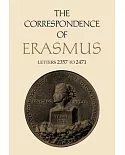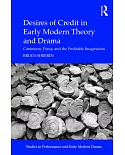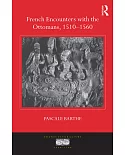David T. Gura’s innovative catalogue describes the 288 medieval and Renaissance manuscripts held by the University of Notre Dame (Hesburgh Library and Snite Museum of Art) and Saint Mary’s
College. Bound manuscripts, leaves, and fragments, which span the late eleventh through the sixteenth century and include bibles, books of hours, calendars, liturgical texts, and much more,
are given thorough critical treatment and scholarly description. Organized by repository, each manuscript description is based on Gura’s intensive paleographical and codicological analyses,
which address features such as material and support, collation, illumination, layout, script types, ownership history, book bindings, and bibliographical references. Scaled diagrams of
distinct and variant ruling patterns and border arrangements are included with each catalogue entry to facilitate comparison with each other and with manuscripts outside the collection.
Gura’s flexible schematic for analytical manuscript description presents the important aspects of particular genres of the manuscripts, distinguishes their uncommon features, and interprets
them.
In his introduction to the catalogue, Gura provides a history of the formation of the manuscript collections, a scholarly overview organized by genre, and a detailed explanation of his
analytical schematic. Paratextual materials allow readers to browse all manuscripts in the collections by repository, date, country or region of origin, language, and textual contents.
Academic librarians, manuscript dealers and collectors, and the community of scholars, curators, and librarians who work with medieval and Renaissance manuscripts will find this an accessible
and valuable resource.
"David T. Gura’s fastidious and comprehensive treatment of the manuscripts he catalogues ranks among the very best scholarship I have ever encountered. Both the originality and exceptional
detail of this catalogue convey its potential to be a model for similar cataloguing endeavors in the future. This is no mere ’catalogue,’ in other words; on the contrary, it represents the
future of manuscript taxonomy, a departure from anything I know of for any American collection of manuscripts." —Scott James Gwara, University of South Carolina





















